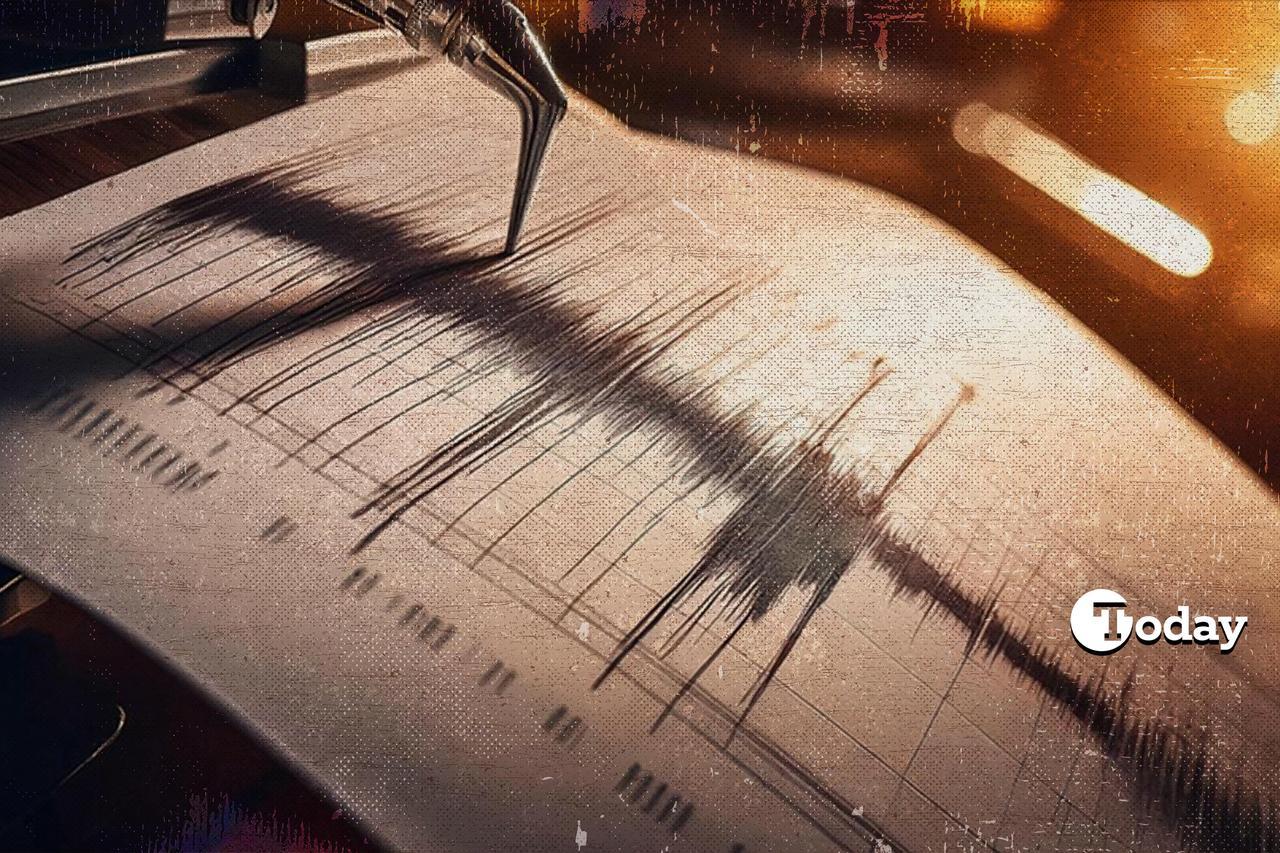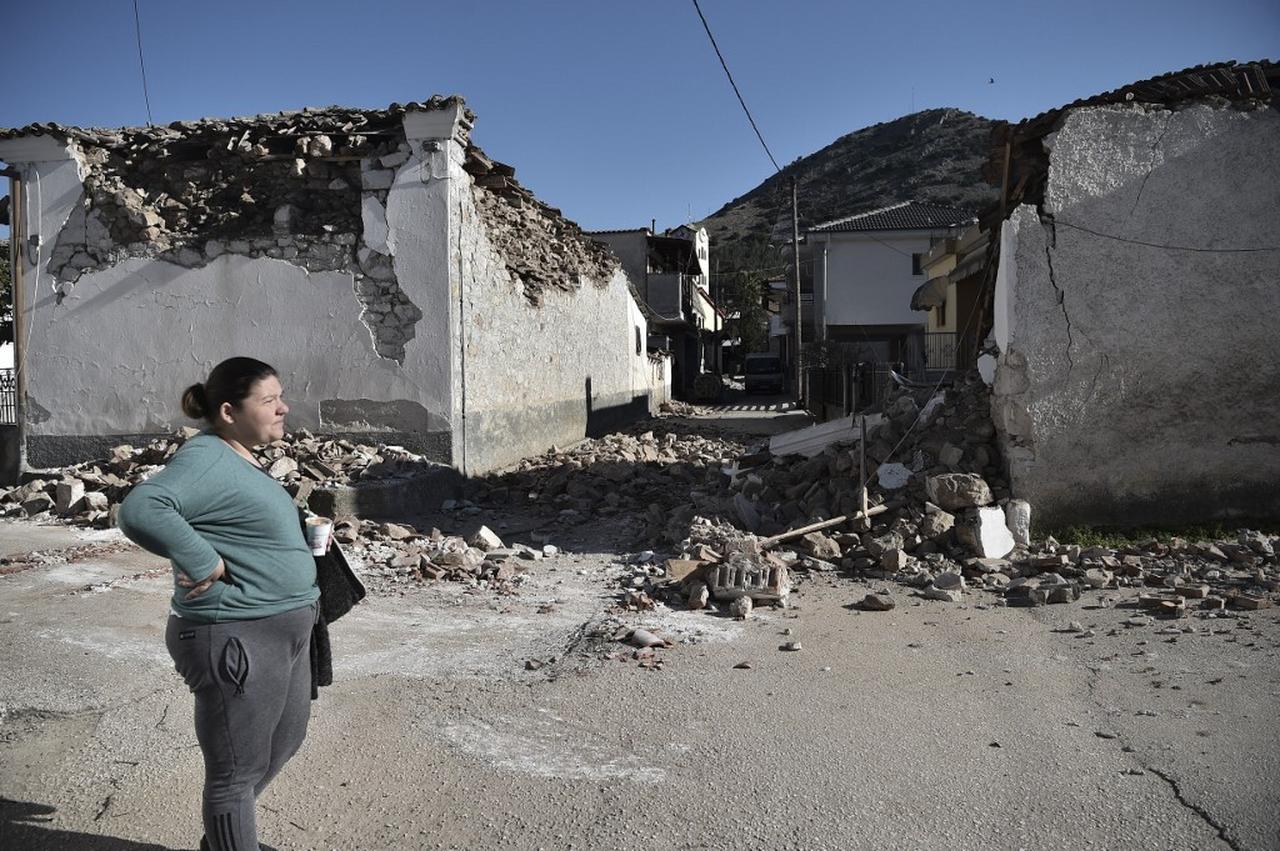
A 5.8-magnitude earthquake struck off the coast of Mugla's Marmaris district early Tuesday, triggering widespread panic across the Aegean and Mediterranean coastlines of Türkiye. Although it caused no major structural damage, the tremor reignited fears rooted in the region's seismic history—where earthquakes as powerful as magnitude 8.5 to 9 have been recorded in the past. The quake was recorded at a depth of 67.91 kilometers (42.2 miles) and was felt as far as Antalya, Aydin, Denizli, and Izmir.
According to Türkiye's Disaster and Emergency Management Authority (AFAD), the offshore quake occurred at 2:17 a.m. local time, about 10.43 kilometers off the coast. While no structural damage was reported, 75 people were injured, mostly due to panic-induced falls or jumping from heights. One individual tragically died from a panic attack, while another remains in critical condition due to head trauma.
Interior Minister Ali Yerlikaya and Environment, Urbanization, and Climate Change Minister Murat Kurum confirmed that ongoing damage assessments have found no signs of major destruction. Field inspections by emergency response teams are still in progress.

According to Hurriyet, Professor Hasan Sozbilir, director of the Earthquake Research and Application Center at Dokuz Eylul University, explained that the quake occurred along the Marmaris Fault Zone, part of the Pliny-Strabo structure. "This submarine fault has historically generated earthquakes exceeding magnitude 7. Therefore, mapping and integrating underwater faults into Türkiye's Active Fault Database is crucial," he stated.
Renowned geologist Professor Naci Gorur weighed in via social media, identifying the tremor as an oblique-reverse fault movement possibly connected to the Pliny-Strabo Fault Zone and the Hellenic-Cyprus Subduction Zone.
“Rather than debating whether it was a foreshock or aftershock, let’s focus on making Mugla earthquake-resilient. Current urban transformation efforts are not sufficient,” he warned.

Later in the day, a second earthquake measuring magnitude 5.0 struck near Greece's Crete Island at 2:26 p.m., also felt along Türkiye's southwestern coast. The epicenter was approximately 253 kilometers from Datca, Mugla.
Geology expert and Earthquake Advisory Board member Professor Suleyman Pampal emphasized the region's long seismic history. “Historical data show the potential for massive earthquakes in this area. Events reaching magnitude 8.5 to 9 are not out of the question,” he said.
He also noted the uniqueness of the quake's depth: “While most Anatolian plate earthquakes occur at depths between 7–10 km, this one originated around 70 km deep, typical of subduction zone quakes at the plate boundary.”